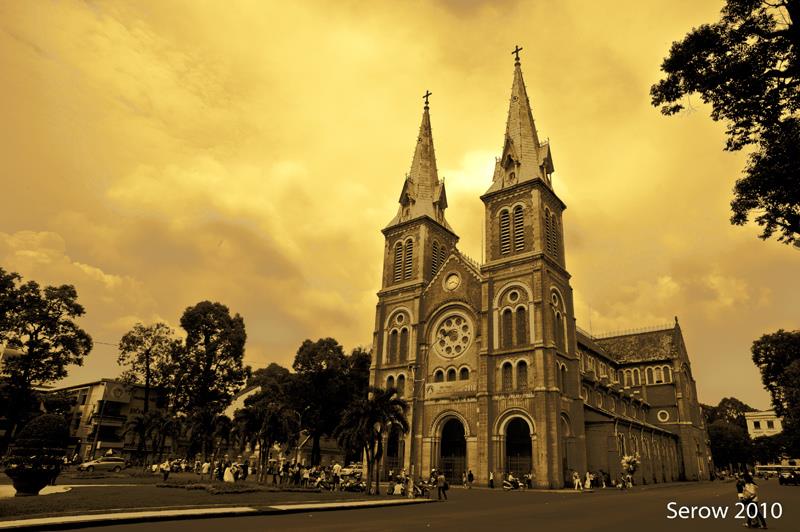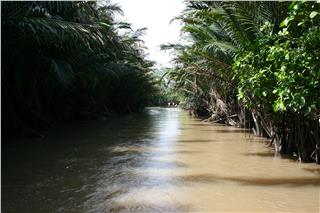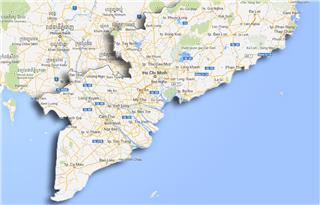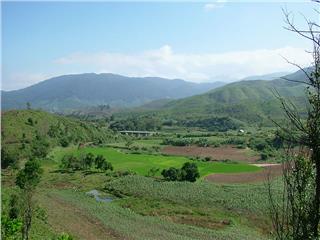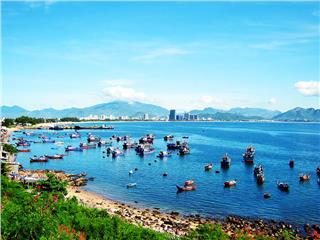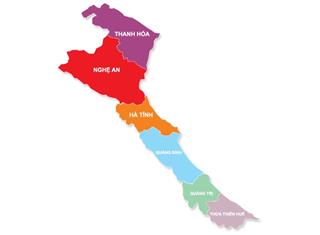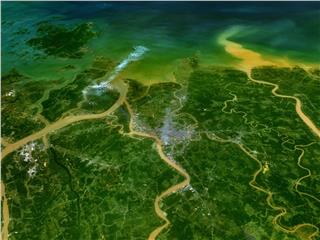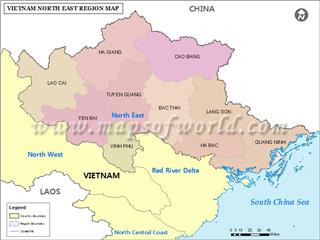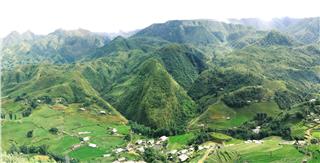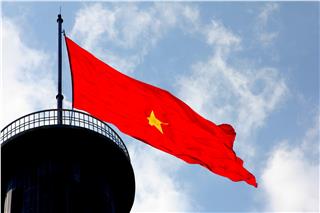Ho Chi Minh City, a vibrant and charming city, converges all the conveniences of a modern metropolis. With a rising economy and modern facilities, Ho Chi Minh City is considered the economic, cultural, scientific, and technological hub of the country.
Ho Chi Minh City (formerly known as Saigon) is the most populous city and the important center of economy, culture and education in Vietnam. On the basis of the existing urban area, Ho Chi Minh City is the Vietnam's largest urban. Currently, Ho Chi Minh City and Hanoi are special kinds of urban in Vietnam.
Geography
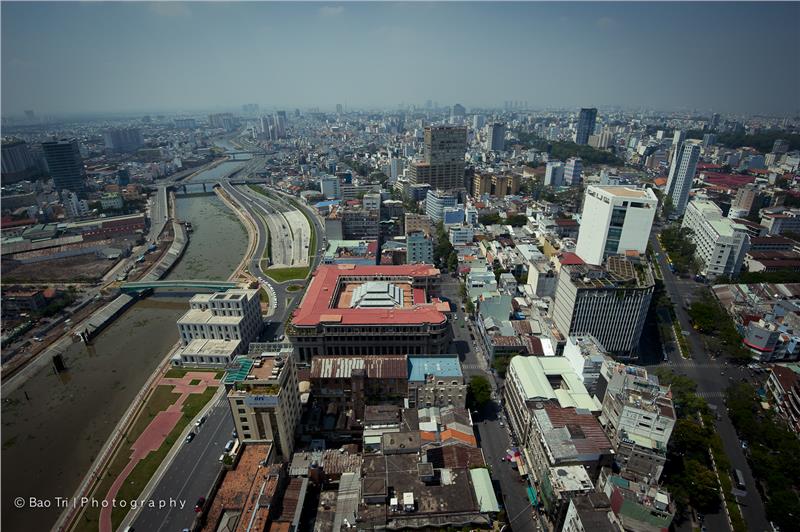
Geographical location: In term of Ho Chi Minh geography, the city owns a geographic coordinates of 10°10' – 10°38' north latitude and 106°22' – 106°54' east longitude. The city is adjacent Binh Duong province to the north, with Tay Ninh province to the northwest, with Dong Nai province to the east and northeast, with Ba Ria - Vung Tau province to the southeast, and with Long An and Tien Giang to the west and southwest.
Terrain: Deeply situated in transition region between Southeast Vietnam and Mekong River Delta, terrain in Ho Chi Minh City is gently lower from north to south and from west to east. Upland is located in the north - northeast and a tiny part of northwest with average height from 10 to 25 meters. Interspersing in the terrain are some hills, up to 32 meters high hill like Long Binh hill in District 9.
Climate: Situated in savanna climate region, Ho Chi Minh City climate retains two distinct seasons, namely the rainy season from May to November with annual average rainfall of 1.979mm. Meanwhile, the dry season lasts from December to April. The average temperature is around 27.55ºC, and there is no winter in the city.
History
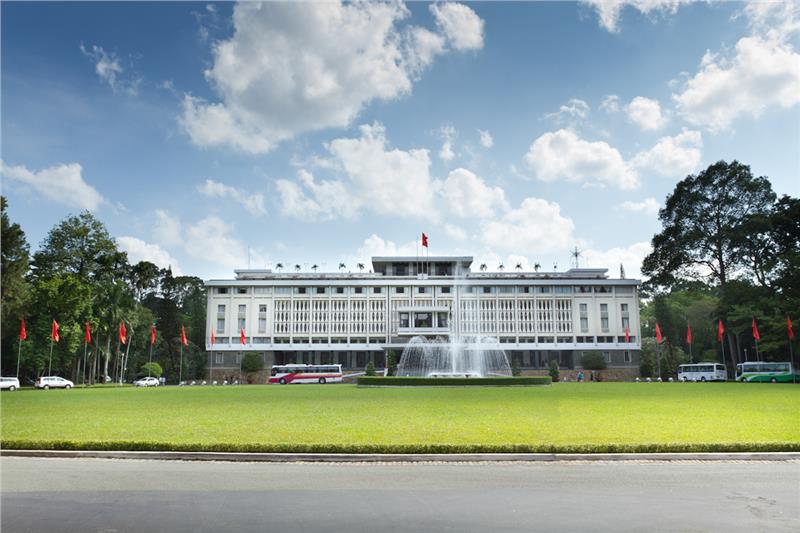
This area was originally known as Prey Nokor thanks to the exploration of Nguyen Dynasty. In 1698, Nguyen Huu Canh established Gia Dinh, marking the birth of the city. When the French entered Indochina, Saigon City established and quickly became one of the most important urban districts in Vietnam. Saigon was then the capital of Indochinese Federation in 1887-1901 period. In 1949, Saigon became the capital of the Republic of Vietnam. On 30 April 1975, Saigon fell and the war ended with a Communist victory. On 2 July 1976, Vietnam National Assembly officially renamed Saigon into Ho Chi Minh City (although the name of Saigon is still commonly used).
Administration
Ho Chi Minh City currently is one of five central cities in Vietnam. In terms of administration, the city is sub-divided into 19 urban districts and 5 suburban districts. Among them, there are 322 communal administrative units, including 259 wards, 58 communes, and 5 towns.
Population
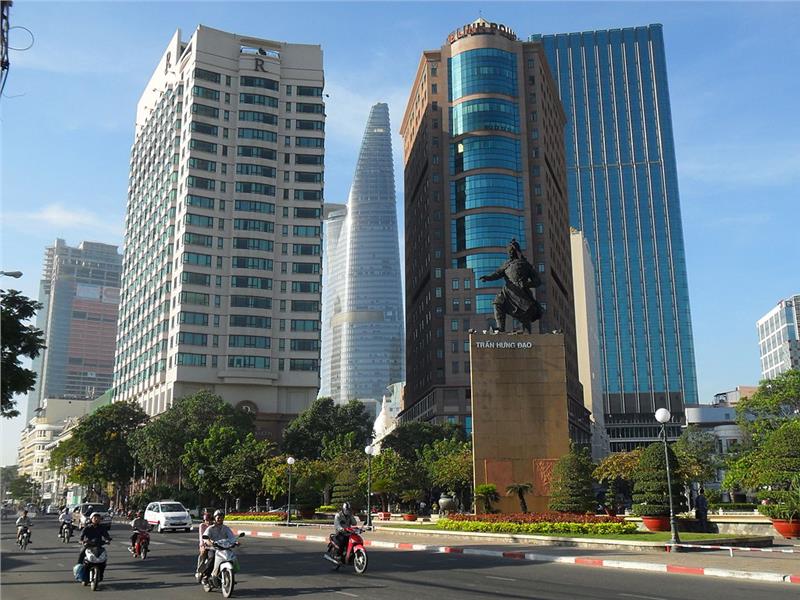
According to population census in 2011, the population in Ho Chi Minh City was 7,521,138 persons. The distribution of population in the city was quite uneven. While the population density in district 4, 5, 10 and 11 was over 40,000 persons / km², some suburban districts like Can Gio district...own relatively low density of 98 persons / km².
According to General Statistics Office of Vietnam, up to 1 April 2009, Ho Chi Minh City was home to enough 54 ethnic groups. Among them, the majority of the population are Kinh people at about 6,699,124 people. Other ethnic groups, which owns a significant number, are Chinese ethnic people, Khmer people, Cham people, Tay people, and Muong ethnic people. The Vietnamese is the official language and commonly used here.
Economy
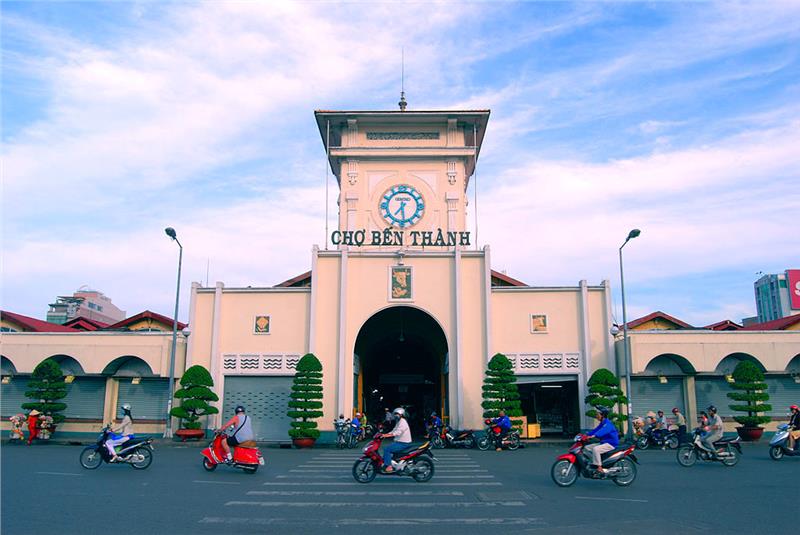
Playing the important role in Vietnam economy, Ho Chi Minh City accounts for 21.3% of GDP and 29.38% of the total budget of the nation. Ho Chi Minh City economy is abundantly diverse, from mining, fisheries, agriculture, processing industry, construction to tourism, finance...The city also topped Vietnam on foreign direct investment capital with 2,530 FDI projects, total capital of $ 16.6 billion in late 2007. Also in 2007, the city attracted more than 400 projects with nearly $ 3 billion. In the provincial competitiveness index rankings in Vietnam 2011, Ho Chi Minh City ranked No. 20/63 of provinces and cities.
Ho Chi Minh City also owns a diverse system of shopping centers, supermarkets, shopping malls and markets. Ben Thanh Market has been a symbol of trade exchange. In the recent decades, many modern commercial centers appear, namely Saigon Trade Centre, Diamond Plaza...
Politics
City People's Council is right to decide on the long-term development plan for city's economy, education, culture, and society...People's Council consists of 1 Chairman, 1 Vice Chairman and 1 permanent member. City People's Council elects People's Committee, which are directly responsible for the management of all activities on economy, politics, security, and culture in the city. Topping People's Committee are 1 Chairman and Vice-Chairmans. Departments of the People's Committee will manage specific fields, such as health, education, investment, justice, finance. Similarly, districts in the city also remain People's Council and People's Committee under the general direction of the city.
Culture
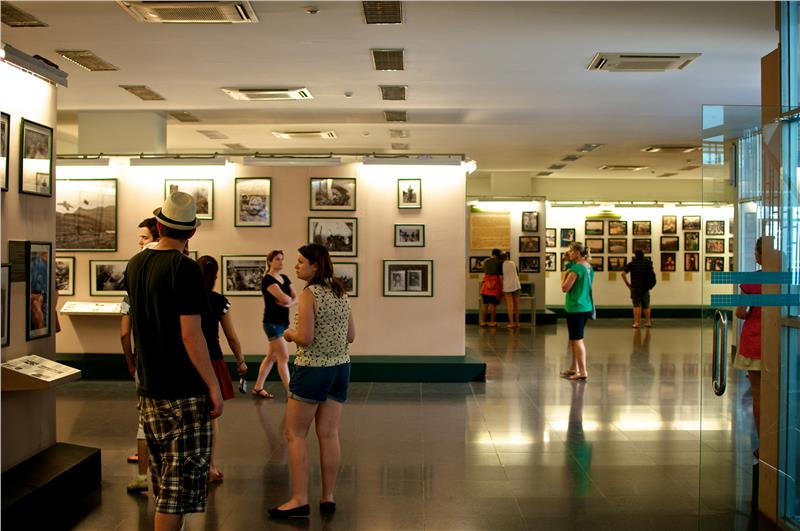
Information and Communication: As one of two media centers in Vietnam, Ho Chi Minh City now is home to 38 city journalism units, 113 provincial and central press representative offices, 3 city publishers, and 21 branches of central publishers, along with the networks of News Agency, radio stations, central and local television stations.
Entertainment: Playing the role of a cultural center in Vietnam, Ho Chi Minh City currently owns 22 artistic units, 9 theaters, 11 museums, 22 cinemas, and 25 libraries. Entertainment industry in Ho Chi Minh City has been much hustling and bustling than any other cities in Vietnam. The city also is owner of diverse theaters, in which Saigon Opera House, Ben Thanh Theater, Hoa Binh Theater...always attract a large number of tourists.
Society
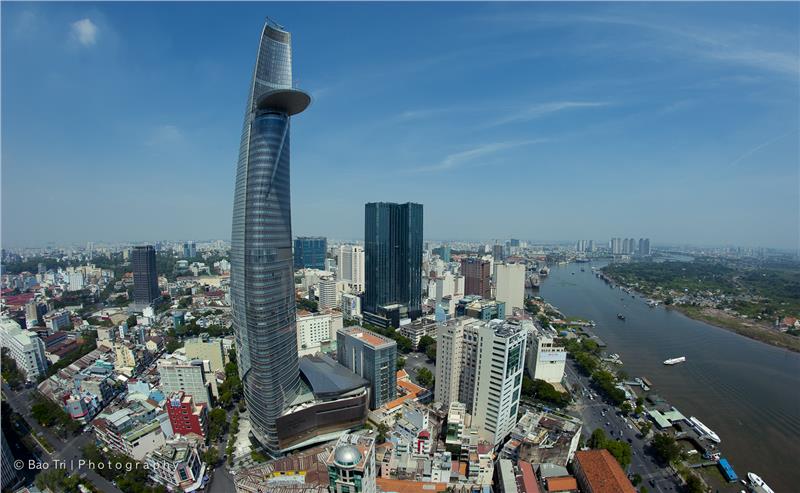
Education: Ho Chi Minh City Department of Education and Training only manages educational institutions from preschool to universal education. Meanwhile most of universities and colleges are under the management of Ministry of Education and Training of Vietnam. In 2008 - 2009 school year, the city had in its possession of 638 preschool institutions, 467 elementary schools, 239 junior secondary schools, 81 high schools, and more than 80 universities and colleges. Many major universities in the city, such as Ho Chi Minh City University of Architecture, Ho Chi Minh City University of Medicine and Pharmacy, Banking University of Ho Chi Minh City, Ho Chi Minh City University of Law, University of Economics Ho Chi Minh City, Ho Chi Minh City University of Education, Ho Chi Minh City Open University, Ho Chi Minh City University of Finance-Marketing...are leading universities in Vietnam.
Health: In 2005, Ho Chi Minh City owns 21,780 medical staffs with more than 3,399 doctors. 19,442 hospital beds, 56 hospitals, and 317 health stations. The system of public health care is relatively complete in all communes. Beside the state health system, the city also has 2,303 private health facilities and 1,472 private pharmaceutical establishments.
Religion: Up to 2009, Ho Chi Minh City is home to total 13 different religion reaching 1,983,048 people. The majority of believers belongs to Buddhism with 1,164,930 people and Catholics with 745,283 people. Besides, there are some religions in the region, such as Cao Dai, Protestantism, Muslim, Hinduism...
Tourism
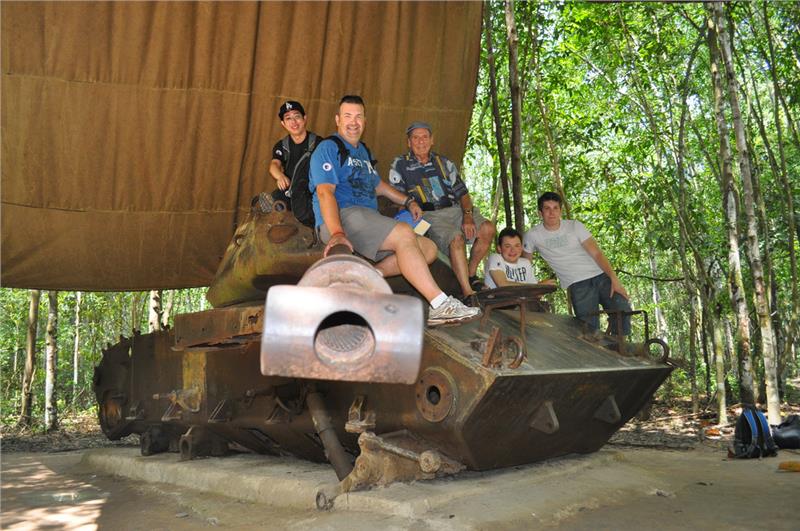
Ho Chi Minh City is the largest tourism center in Vietnam, annually attracting more than 70% of international tourists to the country. Tourist attractions in Ho Chi Minh are extremely diverse and attractive. With the system of 11 museums, mainly on history, Ho Chi Minh City ranks No.1 in the number of museums. The biggest and oldest museum is Vietnam history Museum, Ho Chi Minh City with more than 30,000 artifacts. Besides, War Remnants Museum, Ho Chi Minh Museum also have great appeal for tourists. In addition, Ho Chi Minh City is a metropolis of religious diversity. The biggest and most famous of the city is Saigon Notre-Dame Basilica in District 1. The colonial period has left many important architectural works, namely Municipal People's Council, Saigon Opera House, Saigon Central Post Office, Nha Rong Wharf... Reunification Palace, Saigon General Sciences Library was built under Republic of Vietnam. Modern architecture noted in buildings, hotels, commercial centers such as Diamond Plaza, Saigon Trade Centre... Besides, outside the center area, Cu Chi Tunnels, Can Gio mangroves, Thu Duc stork garden are remarkable tourist attractions.
Ho Chi Minh City is also a center for shopping and entertainment. Beside music tearooms, bars, discos, theaters, the city owns plenty of amusement parks such as Dam Sen Cultural Park, Suoi Tien, and Zoo... In addition, shopping malls, namely Ben Thanh Market, Diamond Plaza, the chain of restaurants, cafes is also the strength of Ho Chi Minh tourism.
Festival
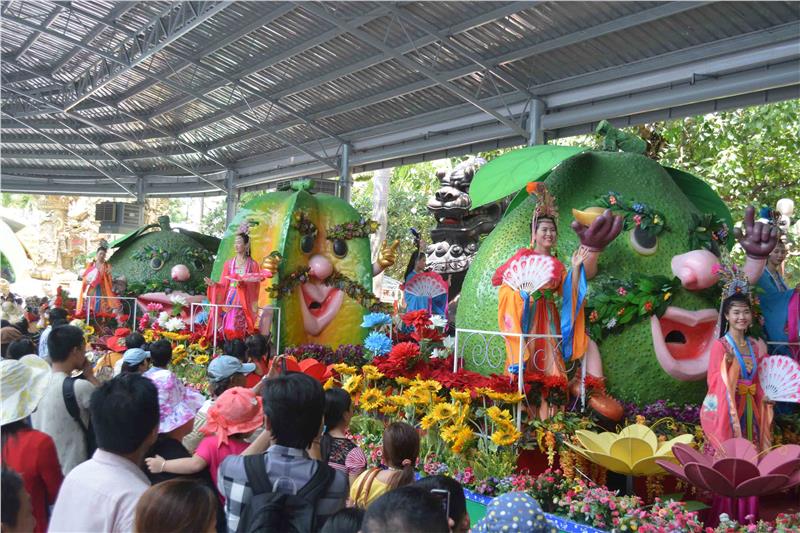
Tet festival: It is the most celebrated festival in Ho Chi Minh City in particular and in Vietnam in general. Also known as Lunar New Year, Tet falls between 19 January and 20 February and lasts a whole week in the south. This festival is grandly celebrated with massive fireworks and bright decorations.
Buddha’s Birthday Festival: It takes place on the 15th day of the Fourth Lunar month. In Ho Chi Minh this festival is a major celebration at the Nghia An Hoi Quan Pagoda. The temple is decorated with the colorful lanterns. Monks can be seen walking in several processions along the streets and praying in order to add to the Zen atmosphere.
The Fisherman’s Festival (Nghinh Ong Festival): The festival is a unique celebration to the district of Can Gio in honor of the whale. The whale is considered a sacred creature amongst fishermen and is worshipped as the God of Seas. On the 16th day of the eighth lunar month annually, shrines, fishing harbors and boats are all beautifully decorated.
Ho Chi Minh’s Birthday (19 May): The former president was a pivotal figure in gaining freedom for the Vietnamese people and attained the status of national hero in the hearts of the Vietnamese peeple. The city of Saigon was renamed Ho Chi Minh City in his honor and his birthday is widely celebrated in this city.
Nguyen Hue Flower Street Festival: During the Lunar New Year celebration, Nguyen Hue Street is closed to traffic for several days to allow people to walk the street, admire beautiful flower arrangements and enjoy the local food and drinks. There are children's games, exhibitions by local artists and more.
Southern Fruit Festival: This festival takes place in Suoi Tien Park every July. It is a spectacular exhibition of all the different species of fruit grown in Vietnam, of which many are unique to southern Vietnam. The colors, shapes, textures and tastes are unusual and varied. Tourists can walk through the park and taste the different fruits. Prices are reasonable and the quality exceptional.
Discover more about our flights to Ho Chi Minh today.
